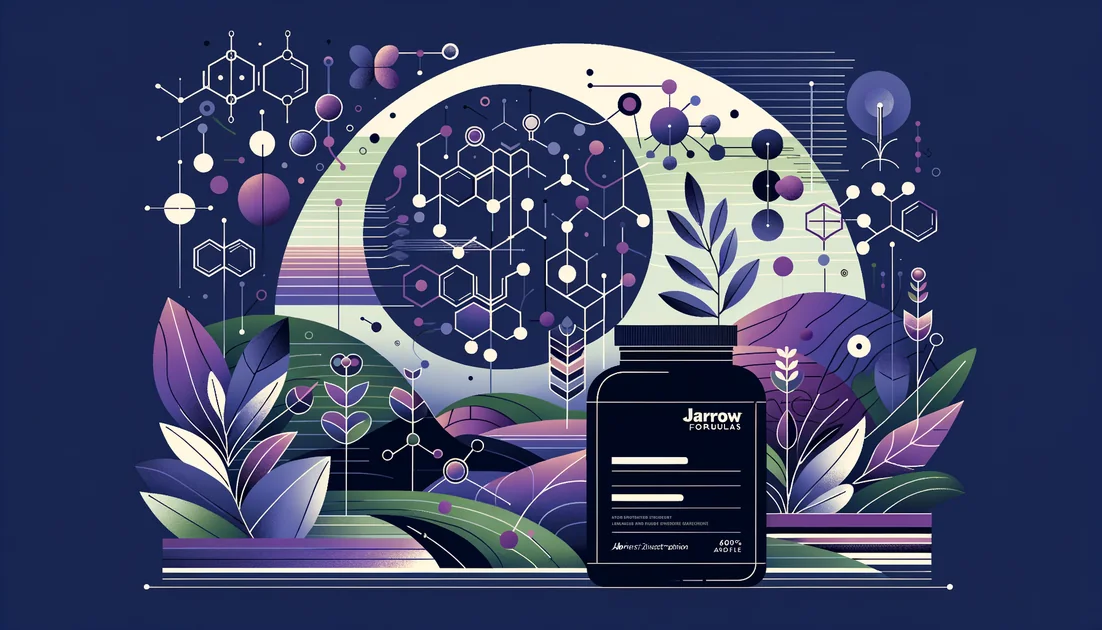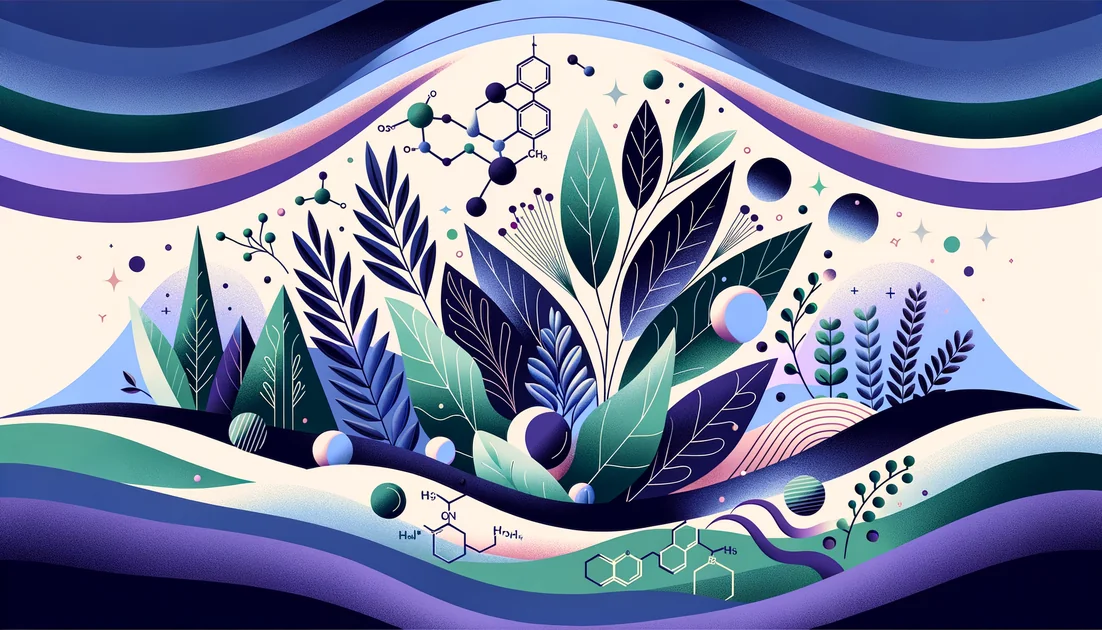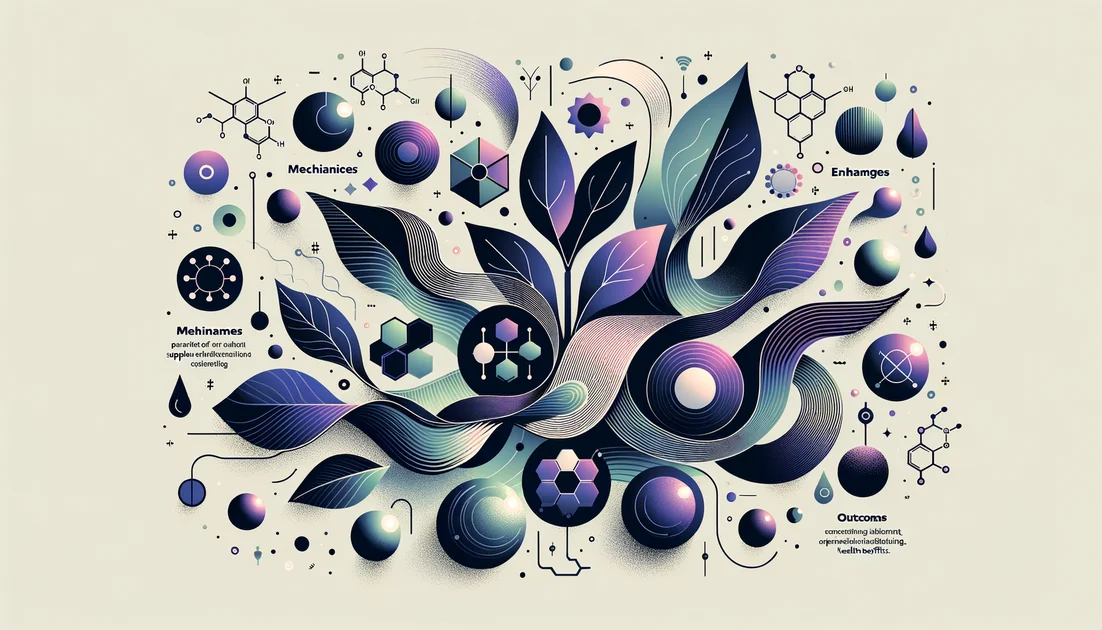
Top 10 Evidence-Based Recommendations
Quick Reference Card
Omega-3 EPA/DHA 2–4 g/day. [5]
Delta-tocotrienol 300 mg, 2×/day. [8]
Probiotics 10⁹–10¹⁰ CFU/day. [12]
Ranked Recommendations
#1Silymarin (milk thistle)—prefer silybin phytosomeTop Choice
Old herb, new tech: the phytosome form is the quiet heavyweight for liver enzymes and histology.
Dose: Silybin phytosome 160–240 mg, 2×/day with meals; some trials used combo with vitamin E for 12 months.
Time to Effect: 8–12 weeks for ALT/AST; 6–12 months for imaging/histology.
How It Works
Evidence
Meta-analyses of RCTs show silymarin reduces ALT/AST, with a 2024 review (26 RCTs, n≈2,375) also reporting improved steatosis indices and better odds of histologic steatosis improvement. A 12-month RCT of silybin phytosome + vitamin E improved enzymes, HOMA-IR, and liver histology vs placebo. One high-dose silymarin trial in biopsy-proven NASH missed its primary endpoint but suggested fibrosis score benefits. Overall: consistent enzyme drops; histology signals strongest with phytosome formulations and longer use. [4][2][3]
NAFLD/MASH with elevated ALT/AST; those wanting non-pharmacologic options alongside diet/exercise.
Occasional GI upset/itching; choose reputable brands to avoid adulteration.
Look for "silybin phytosome," "siliphos," or "phospholipid complex." Plain silymarin 140 mg tabs aren't equivalent.
#2Omega-3s (EPA/DHA)Strong Alternative
The fat that helps your liver lose fat.
Dose: 2–4 g/day combined EPA+DHA with food.
Time to Effect: 8–12 weeks for ALT/AST and liver fat.
How It Works
Omega-3s remodel hepatic lipid handling, lowering de novo lipogenesis and triglyceride export burden; they also resolve low-grade inflammation—together reducing liver fat and enzymes. [5]
Evidence
NAFLD with high triglycerides or metabolic syndrome.
May increase bruising at high doses; check interactions if on anticoagulants.
Pick triglyceride-form or re-esterified TG oils with a labeled EPA+DHA total; aim for ≥2 g/day combined.
#3BerberineWorth Considering
Metabolic reset for liver and blood sugar—without a prescription.
Dose: 500 mg, 2–3×/day with meals (total 1–1.5 g/day).
Time to Effect: 4–8 weeks for ALT/AST and lipids.
How It Works
Activates AMPK, improving insulin sensitivity and reducing hepatic lipogenesis; also shifts gut microbiota toward lower endotoxin load. [7]
Evidence
Meta-analysis of 10 RCTs (n=811) shows moderate-to-large improvements in ALT/AST, GGT, triglycerides, LDL-C, and HOMA-IR with mostly mild GI side effects. [7]
NAFLD with insulin resistance, elevated TG/LDL, prediabetes.
Can interact with cyclosporine, tacrolimus, and some statins; may cause GI upset.
Berberine HCl or berberine from Coptis/Berberis are fine; consistency > brand. Split doses to improve tolerance.
#4Delta-tocotrienol (vitamin E family, not alpha-tocopherol)
The under-the-radar vitamin E that beat alpha-tocopherol head-to-head.
Dose: 300 mg δ-tocotrienol, 2×/day with food (24–48 weeks in trials).
Time to Effect: 8–12 weeks for enzymes; 24+ weeks for steatosis indices.
How It Works
Tocotrienols embed in hepatocyte membranes, dampen NF-κB signaling, and improve lipid handling—distinct from standard alpha-tocopherol. [8]
Evidence
Patients wanting an antioxidant option without high-dose alpha-tocopherol.
Generally well-tolerated; choose third-party tested products.
Look for annatto-derived δ/γ-tocotrienols; avoid stacking with high-dose alpha-tocopherol (may blunt effects).
#5Vitamin E (alpha-tocopherol) — for non-diabetic biopsy-proven NASH
One of the few supplements that improved NASH on biopsy—used selectively.
Dose: 800 IU/day natural α-tocopherol for up to 96 weeks (medical supervision).
Time to Effect: 12–24 months (histology); 12–24 weeks for enzymes.
How It Works
Antioxidant that reduces lipid peroxidation and hepatocellular injury in NASH. [1]
Evidence
PIVENS trial (n=247) showed 43% NASH improvement vs 19% placebo over 96 weeks in non-diabetic adults; no fibrosis improvement. Safety is debated: older meta-analyses signaled possible mortality risk at ≥400 IU/d, while others in healthy populations showed neutral mortality; discuss risks/benefits. [1][10][11]
Non-diabetic adults with biopsy-proven NASH under clinician care.
If you qualify for vitamin E, don't combine with other high-dose E sources; reassess need at 6–12 months.
#6Probiotics/Synbiotics
Fix the gut–liver axis to calm the liver.
Dose: Multi-strain Lactobacillus/Bifidobacterium blends, 10⁹–10¹⁰ CFU/day for ≥8–12 weeks; synbiotics add prebiotic fiber.
Time to Effect: 8–12 weeks for ALT/AST; sometimes earlier for bloating.
How It Works
Modulate gut permeability and endotoxin load, reducing hepatic inflammation and improving insulin sensitivity. [12]
Evidence
People with NAFLD plus GI symptoms or dysbiosis risk (antibiotics, low-fiber diet).
Temporary gas; immunocompromised patients should consult clinicians.
Pick defined-strain products with CFU guarantees through expiry; pair with 10–15 g/day fiber.
#7Coffee (yes, really)
Your daily cup is antifibrotic.
Dose: 2–3 cups/day brewed coffee (avoid sugary syrups).
Time to Effect: Habitual use; observational benefits accrue over years.
How It Works
Bioactives (cafestol, kahweol, chlorogenic acids) upregulate antioxidant and antifibrotic pathways; RCTs show adiponectin increases, though enzymes don't consistently change. [14]
Evidence
Most adults with NAFLD risk, unless caffeine-sensitive or pregnant.
Skip energy drinks; limit unfiltered coffee if LDL is high.
Paper-filtered drip retains benefits while minimizing LDL-raising diterpenes.
#8Coenzyme Q10 (CoQ10)
Mitochondrial tune-up for a fatty liver.
Dose: 100–240 mg/day with fat-containing meals for 3–6 months.
Time to Effect: 8–12 weeks for enzymes; 6 months for liver fat.
How It Works
Supports mitochondrial electron transport and reduces oxidative stress, improving hepatocellular energy handling. [16]
Evidence
NAFLD with fatigue/mitochondrial or cardiometabolic concerns.
May lower BP slightly; interacts with warfarin (monitor INR).
Ubiquinol form may help absorption at ≥200 mg/day.
#9Curcumin (enhanced bioavailability forms)
Inflammation down, liver ultrasound up—results vary by formulation.
Dose: 500–1,000 mg/day curcuminoids with piperine or as phytosomal/nano-curcumin for 8–24 weeks.
Time to Effect: 8–12 weeks.
How It Works
Inhibits NF-κB and lipogenesis, improving insulin signaling and oxidative stress in hepatocytes. [19]
Evidence
Adjunct to lifestyle when inflammation/insulin resistance are prominent.
Rare GI upset; interacts with anticoagulants.
Choose phytosomal/nano-curcumin or add 5–20 mg piperine; avoid cheap powders with poor absorption.
#10Choline (as phosphatidylcholine)
If you're short on choline, your liver pays the price.
Dose: Phosphatidylcholine 1.2–2.4 g/day with meals (12 weeks in trials).
Time to Effect: 8–12 weeks.
How It Works
Choline is required for VLDL assembly and fat export. Supplementation restores phosphatidylcholine pools, improving steatosis and oxidative stress markers. [22]
Evidence
Low-choline eaters (low eggs/meat), post-menopausal women, or those with fatty liver on low-calorie diets.
Rare fishy body odor at high doses; mild GI upset.
Eggs are choline-dense; combine diet + PC supplement for best effect.
Common Questions
What's the single best supplement for fatty liver?
If I had to pick one: silybin phytosome, thanks to enzyme and histology signals in RCTs. Pair it with omega-3s for liver fat. [2][4][5]
How long before I see results?
Most see ALT/AST shifts in 8–12 weeks; liver fat/histology take 3–12 months. Recheck labs at 12 weeks.
Can supplements reverse fatty liver without diet?
They help, but weight loss (7–10%) still delivers the biggest liver fat and NASH benefits. Use supplements as add-ons, not substitutes.
Is milk thistle just hype?
Plain silymarin is underwhelming; silybin phytosome is the form with the best human data. [2][4]
Timeline Expectations
Fast Results
Combination Strategies
Metabolic & Liver-Fat Stack
Components:Berberine 500 mg with meals, 2–3×/day + Omega-3 (EPA + DHA) 2–3 g/day + Multi-strain probiotic 10⁹–10¹⁰ CFU/day
Targets insulin resistance (berberine), hepatic fat handling (omega-3), and gut-liver endotoxin load (probiotic) for additive ALT/AST and liver-fat reductions seen across RCTs/meta-analyses. [5][7][12]
Start probiotic week 1, add omega-3 week 2, then berberine week 3 to gauge tolerance. Recheck lipids and ALT/AST at 12 weeks.
Antioxidant–Hepatoprotection Stack
Components:Silybin phytosome 160–240 mg, 2×/day + Delta-tocotrienol 300 mg, 2×/day + CoQ10 100–200 mg/day with meals
Combines membrane stabilization/antifibrotic effects (silybin) with anti-inflammatory tocotrienols and mitochondrial support (CoQ10) for broader coverage than any single agent. RCTs show enzyme and steatosis improvements for each. [2][8][16]
All with meals. Give 8–12 weeks before judging; continue 6–12 months if improving.
Clinician-Supervised NASH Adjunct
Components:Vitamin E (alpha-tocopherol) 800 IU/day + Silybin phytosome 160–240 mg, 2×/day
Vitamin E improved NASH on biopsy in non-diabetic adults; phytosomal milk thistle has enzyme/histology signals—together may support histologic goals while awaiting/alongside lifestyle therapy. Use only under medical supervision due to vitamin E risk debate. [1][2][4]
Medical oversight required; reassess at 6 and 12 months; avoid other high-dose vitamin E sources.
You might also like
Explore more of our evidence-led investigations, comparisons, and guides across every article style.

Jarrow Formulas
Jarrow Formulas: Probiotic testing leader inside a conventional transparency playbook

Liposomal Vitamin C (liposome-encapsulated ascorbic acid) vs Standard Vitamin C (ascorbic acid; tablets/capsules)
For maximizing absorption per dose, choose liposomal vitamin C; RCTs show higher plasma and leukocyte exposure vs standard tablets at the same milligram dose. For value at routine intakes, standard vitamin C suffices—split doses if needed. [1][2][9]


Alpha-Lipoic Acid (ALA)
A molecule once scraped from mountains of animal liver now sits in a small amber bottle on your counter. It's hailed as a "universal antioxidant," studied in diabetics' nerves, and even trialed in multiple sclerosis. And yet, in a twist worthy of a detective novel, this antioxidant has, on rare occasions, triggered dangerous bouts of hypoglycemia. What is alpha-lipoic acid really good for—and where does the evidence draw the line?


Tocotrienols
The stealthier cousins of vitamin E—built with springy tails that move differently in cell membranes and behave differently in your body.

















